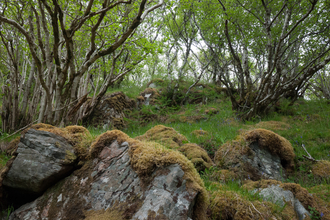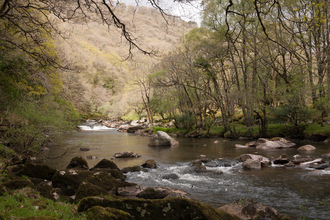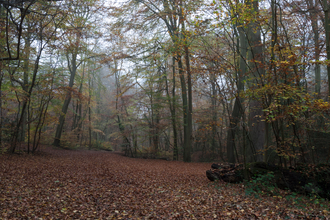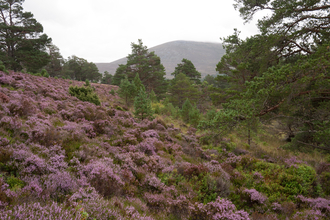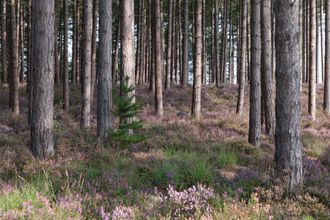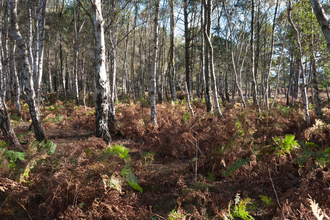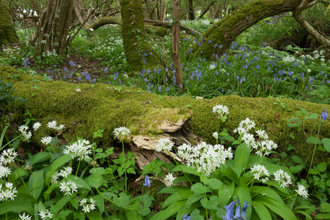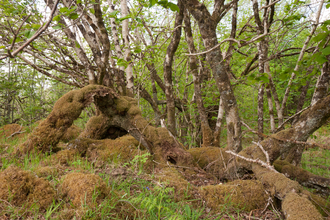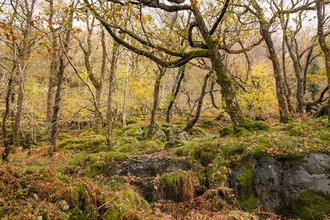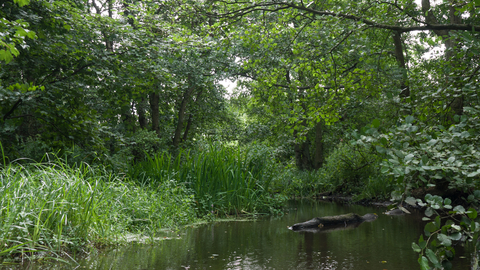
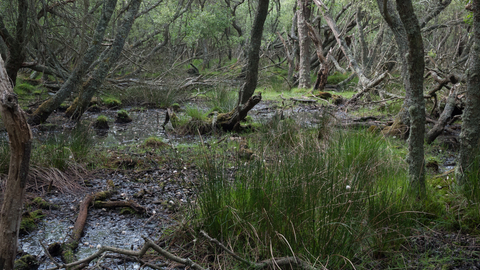

Wet woodland
Beth yw o?
Wet woodland is characterised by trees such as willows, birches and alder that thrive in poorly drained or seasonally flooded soils, such as in fens and bogs, pond and lakesides, river banks, and flushed hillsides. Wet woodland can, however, be quite varied in structure.
Wet woodland known as “carr” is often low-canopied, with willow and alder growing over a bulky ground layer of plants such as royal fern, yellow flag and meadowsweet. Along backwaters and in the loops of meandering rivers on floodplains, alders tend to grow taller and the rich silty soils support nettles and great willowherb.
Pam fod o fel hyn?
This type of woodland has a long history in the UK, having developed wherever conditions were suitable once the glaciers retreated some 12,000 years ago. However much of the carr present today is relatively recent in origin. The developing woodland gradually dries out the soil and the wet nature of the woodland eventually changes as other species such as oak and ash colonise. But in particularly wet areas, bog-mosses can impede tree growth, resulting in an ongoing cyclical relationship between bog and carr woodland.
There are also bog woodlands where the lack of nutrients stunt the Scots pine or birch so much that it does not interfere with the development of the bog. The succession from one woodland type to another can also be interrupted by floods or coppicing. Floodplain woodlands would once have been dynamic, changing dramatically after big flood events or shifting more gradually as rivers slowly meandered across floodplains. Found on flat, fertile land, floodplain woodlands have been an obvious target for clearance and agricultural intensification, and little remains today.
Dosbarthiad yn y DU
Wet woodland is scattered across the UK, but the largest carr woodlands are found in the Norfolk and Suffolk Broads and the Cheshire Meres and Mosses. Old growth bog woodland is mainly limited to Scotland. Significant areas of alder floodplain woodland are also hard to find: the largest remaining areas are on braided river channels and shingle islands in Scotland, while there are ribbons of grazed alder woodland on the banks of meandering streams in the New Forest and elsewhere.
Beth i edrych am
In some areas, such as the Norfolk and Suffolk Broads, swampy carr can be found actually floating on peaty mud - such places may only be accessible by boat. In the north, look for a distinctive type of carr with bay willow, marsh hawk’s-beard and angelica, and the rare coral-root orchid.
Wet, decaying wood and seepages make good habitat for invertebrates, and wet woodland supports many rare species including the netted carpet moth. Look out also for the threatened willow tit, and for lesser redpoll feeding on birch seed and alder catkins.
Cadwraeth
The conservation of transient habitats poses problems in a fixed landscape. Often the natural process of succession is curtailed by intensive land use, drainage and flood defences, leaving little room for movement and change.
Providing space for habitats to develop and change at a landscape level will be beneficial.

